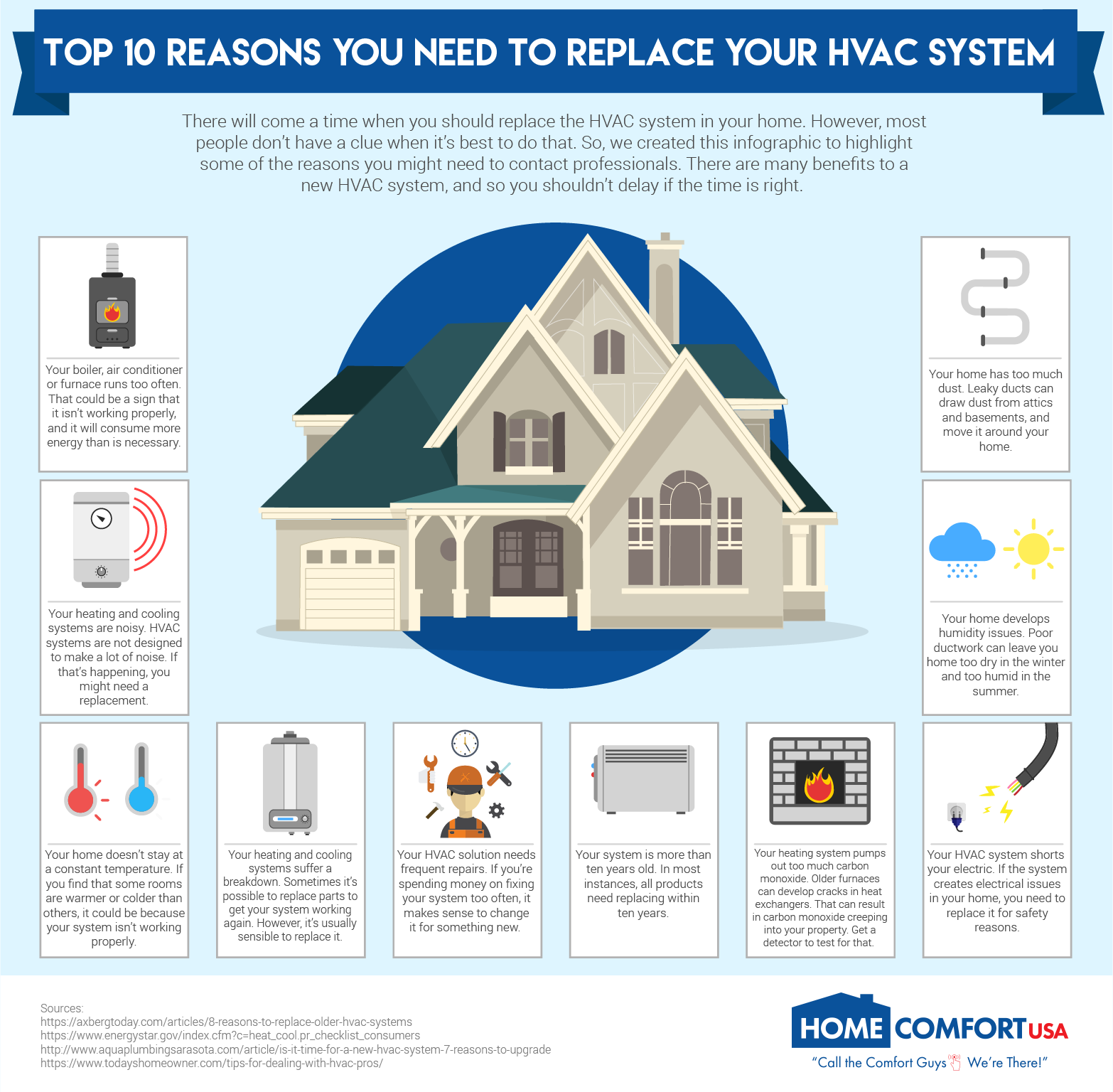An Entry-Level Guide To Familiarizing Yourself With Heat Pump Principles: Discovering Their Working Principles
An Entry-Level Guide To Familiarizing Yourself With Heat Pump Principles: Discovering Their Working Principles
Blog Article
Written By-Decker Hussein
If you've ever before questioned the internal workings of heatpump, recognizing the basics can offer understanding into their efficient operation. By realizing just how heat pumps use a refrigerant to move heat, you can value their capability to both warm and cool your area efficiently. But exactly what makes these systems tick and exactly how do they take care of to maintain your home comfy year-round? Let's untangle the enigma behind these versatile home heating and cooling down solutions, shedding light on the vital elements and concepts that drive their performance.
Exactly How Heat Pumps Feature
When it involves comprehending just how heat pumps work, it's important to realize the basic concept behind their procedure. Heat pumps work by transferring warmth from one location to an additional making use of a cooling agent. They can extract warm from the air, water, or ground outside your home and then distribute it inside during the cooler months.
In the summertime, the procedure is turned around to remove heat from inside your home and launch it outside, working as an air conditioning system.
The vital component that allows heat pumps to feature is the cooling agent. This fluid continuously cycles between a fluid and a gas state, taking in and releasing warm as it moves through the system.
The compressor plays an essential duty in pressurizing the refrigerant to raise its temperature, making it capable of moving warm successfully.
Comprehending the fundamental functionality of heatpump offers understanding right into just how they effectively warm and cool your home by using the concepts of thermal power transfer.
Parts of a Heat Pump
To much better comprehend the internal workings of a heatpump, it's important to familiarize yourself with its vital elements. A heatpump includes four main parts: the evaporator, compressor, condenser, and development valve.
The evaporator, located inside your home, absorbs heat from the air inside your home. This absorbed heat is then moved to the cooling agent streaming via the coils.
The compressor, typically located outside, pressurizes the refrigerant, increasing its temperature level. The hot, pressurized gas then transfers to the condenser, where it launches warmth to the outdoors air.
As the refrigerant cools, it turns back right into a liquid state. The growth shutoff controls the flow of the refrigerant, lowering its pressure and temperature level prior to it returns to the evaporator to start the cycle again.
Recognizing web page is vital to understand how a heat pump efficiently heats up and cools your space.
Heat Pump Operation Concepts
For a heatpump to efficiently manage the temperature in your home, it operates the concept of transferring warmth in between the inside your home and outdoors. Heatpump utilize cooling agent to soak up warm from the air outside and release it inside during cooler months for home heating.
When it's warm inside and you require air conditioning, the heat pump reverses this procedure, getting rid of heat from indoors and launching it outside. This procedure is feasible as a result of the heatpump's parts like the compressor, evaporator coil, condenser coil, and expansion shutoff working together to facilitate the warmth transfer.
The compressor plays an important function in pressurizing the refrigerant, while the coils help with the warmth exchange. As the cooling agent cycles with these parts, it changes state from a fluid to a gas and back once more, bring warm with it each time.
Understanding these basic concepts of heatpump procedure can aid you appreciate exactly how this system efficiently gives both heating and cooling for your home.
Verdict
Now that you comprehend the basics of exactly how heat pumps work, you can value the efficiency and versatility they provide for home heating and cooling your home. Remember, heat pumps remove warmth from the air, water, or ground to maintain you cozy in winter and cool in summertime. With elements like the evaporator, compressor, condenser, and expansion shutoff interacting, heatpump offer a trusted and energy-efficient solution for your cooling and heating needs.
